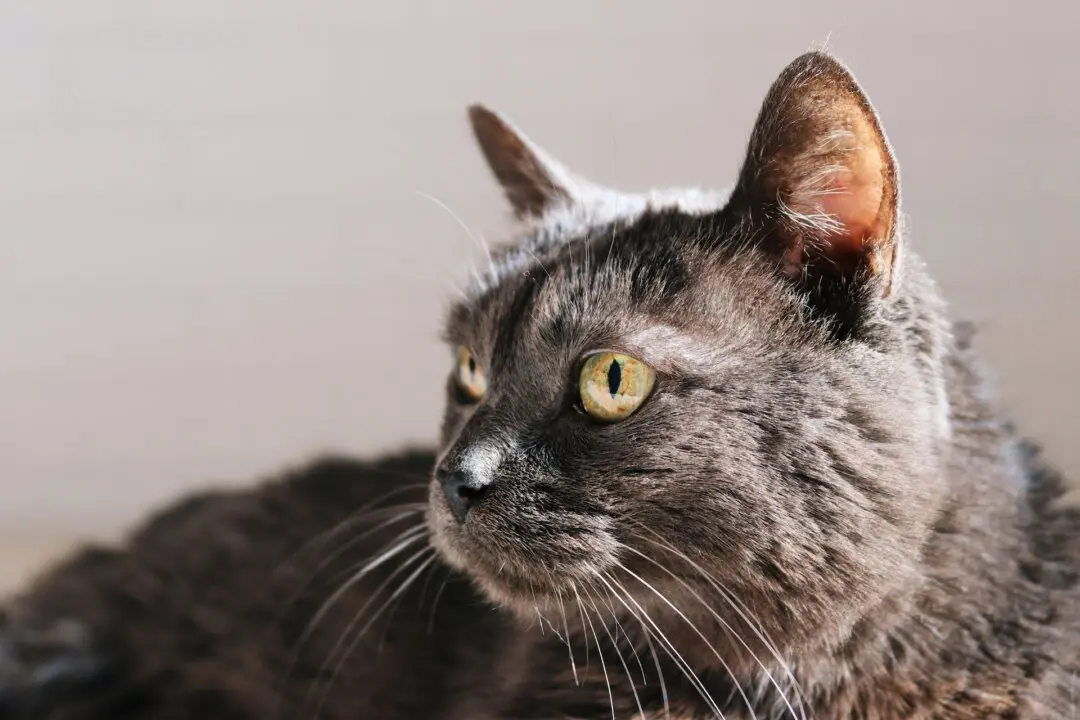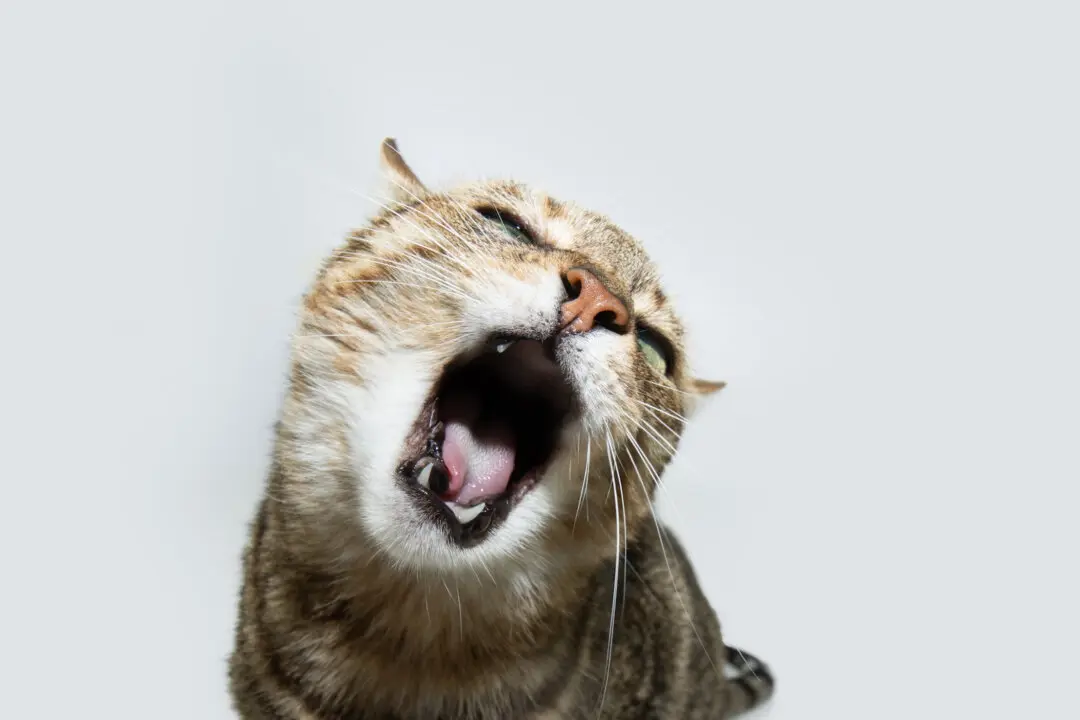Q: I recently adopted a dog, Chester, who will be neutered soon. Chester is sweet and fun, but he also lifts his leg to mark his indoor territory with urine, and he humps people’s legs.
I know these bad behaviors will stop after he’s neutered, but what can we do now to manage them?





